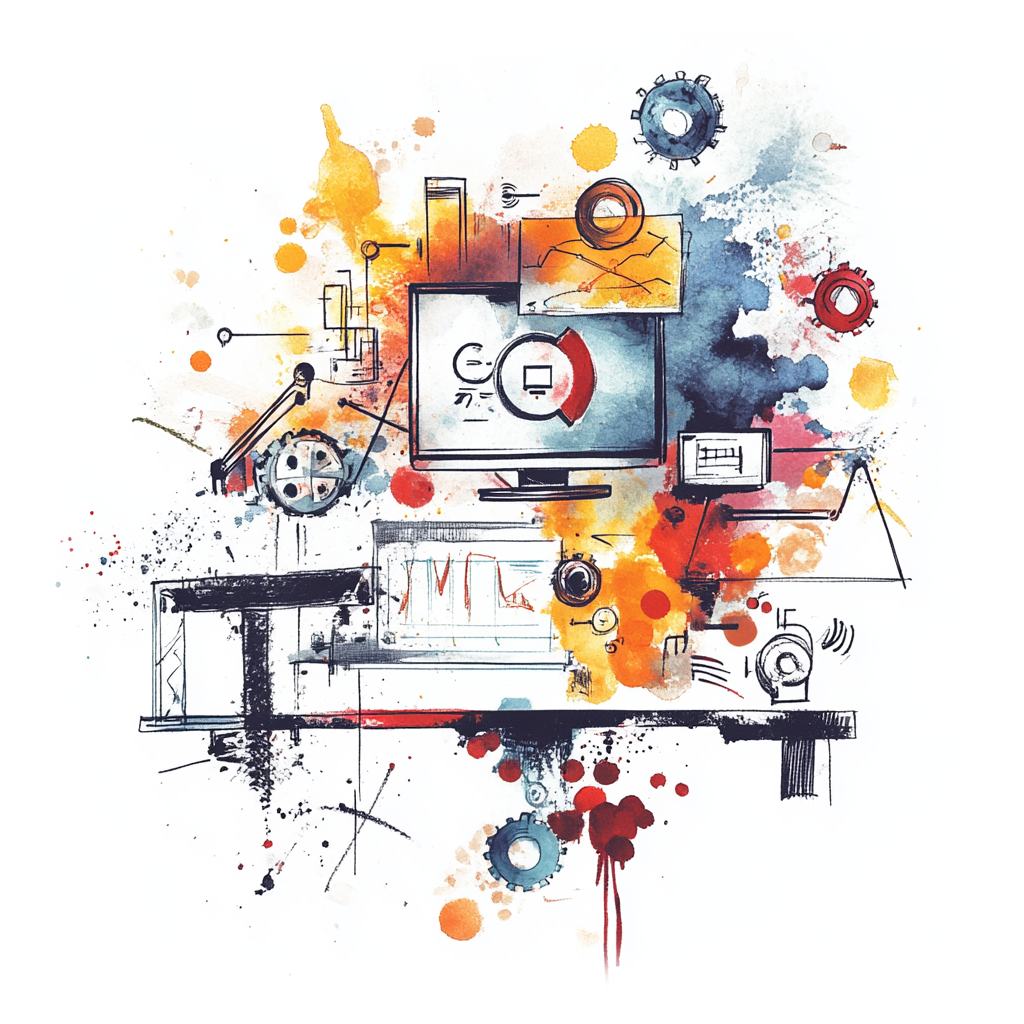Leveraging Self-Owned AI in Livestock Farming
Learn how Livestock Farming companies can leverage self-owned AI to enhance their operations and drive innovation.

Revolutionizing Livestock Farming: Your Own AI at Work
In the world of livestock farming, the stakes are high and the challenges are plenty. From managing feed efficiency to tracking herd health, the volume of data can be overwhelming. But what if you had your very own AI designed specifically for your operation? Imagine being able to analyze data effortlessly, respond to changes in real-time, and ultimately make smarter decisions — all with the help of an AI that knows your farm inside and out.
Use Cases of Your Own AI in Livestock Farming
Let’s paint a picture. Think about a day in the life of an upstream operator in livestock farming. Here are some scenarios where your own AI could be a game-changer:
-
Feed Management Optimization: Your AI can monitor feed costs, nutritional content, and livestock growth rates, suggesting optimal feed formulas. Say goodbye to guesswork and hello to better margins.
-
Health Monitoring and Predictive Analytics: Imagine your AI sifting through historical health data and spotting trends. If certain symptoms start showing up in the herd, your AI can predict an outbreak before it happens. This proactive approach not only saves lives but also cuts down on veterinary costs.
-
Breeding Insights: When it comes to breeding schedules, timing is everything. Your AI can analyze genetic data alongside environmental factors to recommend the best breeding pairs, aiding in the improvement of livestock quality.
-
Market Trends Analysis: The livestock market can be volatile. Your AI can analyze market trends, consumer preferences, and pricing strategies, enabling you to make smart selling decisions that could maximize your profits.
-
Operational Efficiency: From resource allocation to workforce management, your own AI can help streamline operations, suggesting staffing needs based on workload forecasts and historical data.
The Benefits of Having Your Own AI
So, why go the route of having your own AI? Here’s the beauty of it:
-
Customization: Unlike generic models, your own AI is tailor-made for your specific farm needs. It learns from your data and adapts to your unique challenges, giving you insights that off-the-shelf solutions simply can’t.
-
Data Privacy: Many companies hesitate to adopt AI due to privacy concerns. With your own AI, you'll have complete control over your data. No more worrying about sensitive information being shared or misused.
-
Cost-Efficiency: Investing in your own AI can save money in the long run. Whether it’s reducing wastage in feed or minimizing vet bills through preventative measures, the potential for savings is significant.
-
Scalability: As your farm grows, so can your AI. You have the flexibility to expand its capabilities as needed without a complete overhaul.
How to Get Started With Your Own AI
Here’s the exciting part! Building your own AI doesn’t have to be daunting. Here’s a simple roadmap to guide you on your journey:
-
Assess Your Needs: Evaluate your current challenges and identify areas where an AI could make a difference. Are you struggling with health monitoring? Are feed costs eating into your profits? Pinpoint these pain points.
-
Gather Your Data: Your AI is only as good as the data it learns from. Start compiling relevant historical data, from health records to feeding schedules, and think about what new data you could track moving forward.
-
Choose the Right Technology: Partner with a software development firm (like ours!) that specializes in AI and machine learning. Discuss your needs, and let the experts help you choose the appropriate technology stack.
-
Customize Your AI: Collaborate with the development team to tailor the AI algorithms and models to your specific scenarios. This might involve deep learning techniques that can handle the nuances of livestock farming.
-
Deploy and Test: Once your AI is built, it’s crucial to conduct a pilot test. Implement it on a smaller scale to iron out any kinks before rolling it out across your entire operation.
-
Train Your Team: Don’t forget to involve your staff! Train them on using the AI effectively to ensure buy-in and maximize its potential.
-
Iterate and Improve: The journey doesn’t end after deployment. Regularly assess the AI’s performance and gather feedback from your team. Use this information to fine-tune and improve your system continuously.
In a nutshell, the future of livestock farming is ripe for innovation, and having your own AI can be the catalyst for profound changes. From optimizing operations to enhancing animal health, the possibilities are endless. Embrace this technology, and watch as your farm transforms into a smarter, more efficient enterprise. After all, when it comes to farming, knowledge isn’t just power; it’s your pathway to success.
